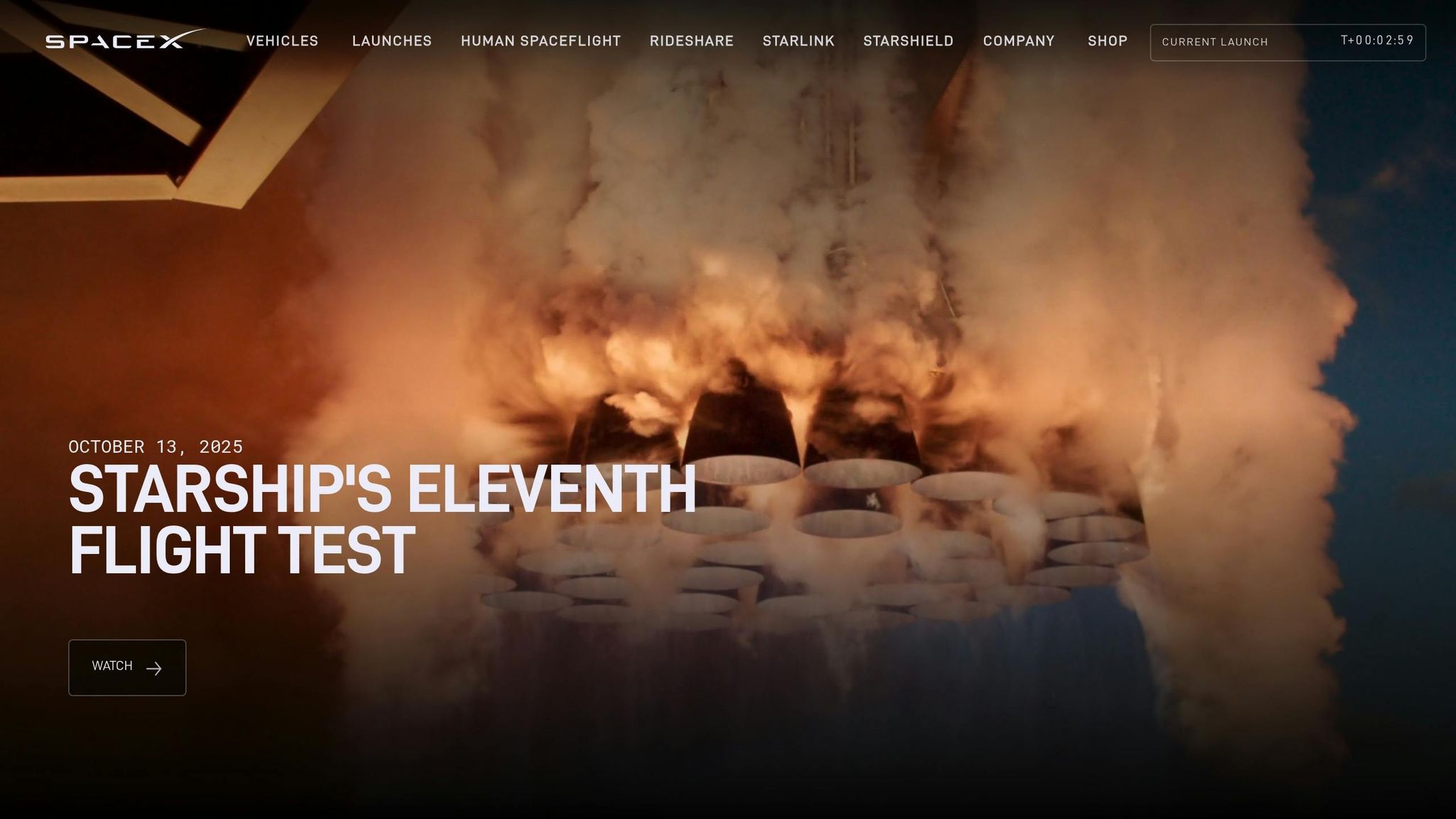Watch SpaceX Launch 10,000th Starlink Satellite, Achieving Milestones
SpaceX will launch its 10,000th Starlink satellite on a record 31st Falcon 9 flight; watch live.

SpaceX is set to achieve two major milestones today (Oct. 19) with the launch of a Falcon 9 rocket carrying 28 Starlink satellites. This landmark mission will push the total number of Starlink satellites sent to orbit past 10,000 and will mark the 31st flight of the Falcon 9 booster designated 1067, setting a new record for reuse. The launch is scheduled to take place from Cape Canaveral Space Force Station in Florida during a four-hour window that opens at 10:52 a.m. EDT (1452 GMT).
Reaching New Heights in Satellite Deployments
SpaceX has been steadily building its Starlink broadband satellite network since the first prototypes were launched in February 2018. According to astrophysicist and satellite tracker Jonathan McDowell, SpaceX has so far launched 9,988 Starlink satellites into low Earth orbit (LEO). Today’s mission will bring that number to 10,016, a significant achievement for the company’s ambitious project.
Starlink, which began providing service to customers in October 2020, now supports millions of users around the world. SpaceX continues to expand the megaconstellation at a rapid pace, with 89 Starlink missions completed in 2024, and this year’s launches already surpassing that number.
SpaceX has approval to deploy 12,000 Starlink satellites, with plans to eventually expand the network to over 30,000 spacecraft. Of the 9,988 satellites launched so far, 8,610 are currently operational, with most of the remainder deorbited and burned up in Earth’s atmosphere.
A Booster’s Record-Breaking Journey
The Falcon 9 booster being used for today’s mission, designated 1067, has already completed 30 successful launches and returns, including missions such as CRS-22, Crew-3, Crew-4, and 19 previous Starlink flights. If everything proceeds as planned, the booster will return to Earth approximately 8.5 minutes after liftoff, landing on the SpaceX drone ship "A Shortfall of Gravitas" stationed in the Atlantic Ocean. This will secure its record-setting 31st flight and touchdown.
This milestone underscores SpaceX’s focus on reusability to reduce the cost of spaceflight. While the Falcon 9 and the Falcon Heavy are only partially reusable, the company is developing the fully reusable Starship rocket, which is designed to handle larger missions, including those aimed at settling Mars.
Pushing Forward with Advanced Technology
As SpaceX continues deploying Starlink satellites, the Falcon 9’s upper stage will play a key role in today’s mission. It will carry the 28 satellites to LEO, with deployment expected about 64 minutes after launch. This consistent and reliable deployment process is a testament to the company’s technological advancements.
SpaceX’s commitment to innovation and efficiency has brought the company to the forefront of space exploration. Today’s mission represents not only an operational success but also a step forward in realizing the vision of global broadband coverage.
A Live Look at SpaceX History in the Making

Space enthusiasts can watch this historic moment unfold live. SpaceX will stream the launch on its website and social media platforms, starting approximately five minutes before liftoff.
With today’s mission, SpaceX demonstrates its continued dominance in the commercial space sector, cementing its position as a pioneer in reusable rocket technology and global satellite internet services.
Comments ()